#Alfred Hitchcock Mystery Magazine
Text



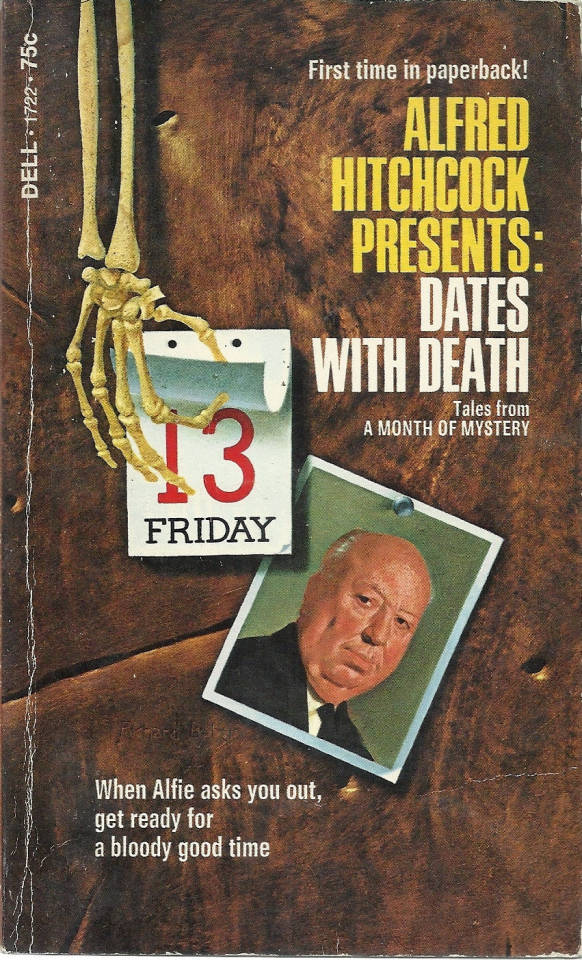
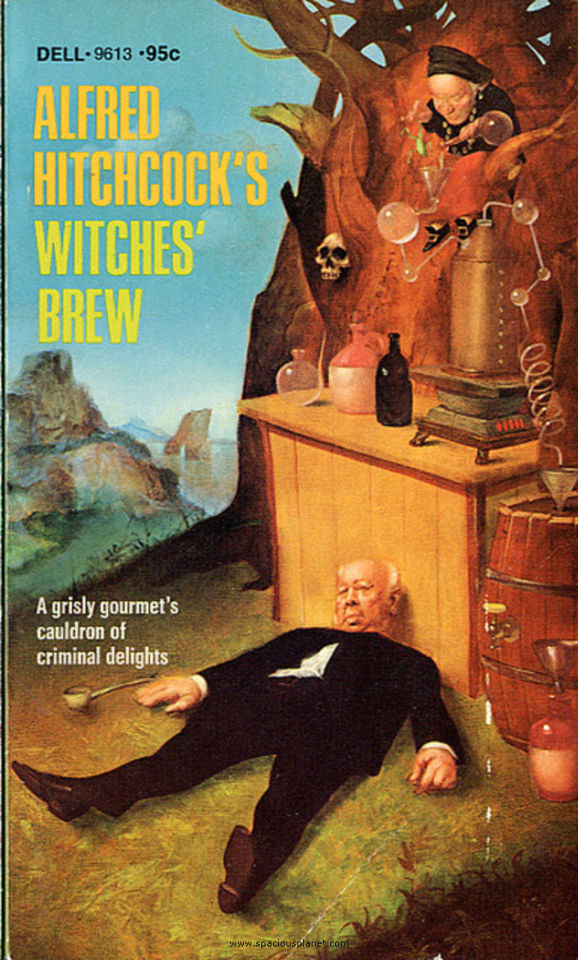
5 Random Alfred Hitchcock Paperbacks
#Paperback Cover#Paperback Art#Alfred Hitchcock#Alfred Hitchcock Presents#Alfred Hitchcock Mystery Magazine#Film#Horror#Suspense#Paperbacks#Paperback#Vintage#Art#Dell Books#Dell
141 notes
·
View notes
Text

Vintage Paperback - Alfred Hitchcock Presents: 16 Skeletons From My Closet by Alfred Hitchcock
Dell (1963)
#Paperback#Alfred Hitchcock#Paperbacks#Horror#Alfred Hitchcock Presents#Alfred Hitchcock Mystery Magazine#Mystery#Skeletons#Dell#Dell Books#Vintage#Art#Film#TV#Television#Paperback Art#Paperback Cover#1963#1960s#60s
145 notes
·
View notes
Text
Mysterious Photograph
Alfred Hitchcock Mystery Magazine has a great monthly contest. They print a photo and your job, as contest entrant, is to create a short crime story around the photo. And by short, I mean 250 words or less. I submitted for a story for the Nov/Dec 2022 photo but wasn’t selected. I like the story though, so I’m going to post the photo and the story here.
Mysterious Photograph
“Was it just…
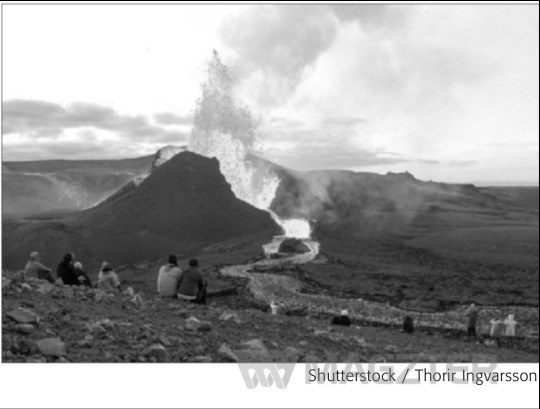
View On WordPress
0 notes
Photo
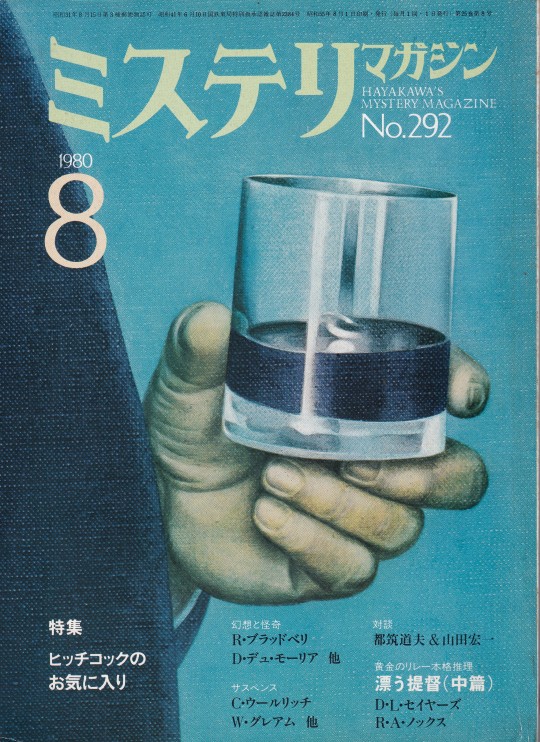
ミステリマガジン 1980年8月号 No.292
早川書房
表紙=上条喬久
特集=ヒッチコックのお気に入り
#HAYAKAWA’S MYSTERY MAGAZINE#ミステリマガジン 1980年8月号 No.292#ミステリマガジン 1980年8月号#ミステリマガジン#上條喬久#takahisa kamijo#上条喬久#hitchcock#ヒッチコック#alfred hitchcock#anamon#古本屋あなもん#あなもん#book cover
547 notes
·
View notes
Text

The Rockets' Red Glare
14 notes
·
View notes
Photo


From a day about town: magazines from Barnes & Noble and vinyl from Block Street Records!
#magazines#pulp magazines#art magazines#music magazine#fiction#science fiction#fantasy#analog#alfred hitchcock's mystery magazine#asimov's science fiction#the magazine of fantasy and science fiction#Hi-Fructose#Juxtapose#classic rock presents prog#music#album#new albums#album update#rock#progressive rock#hard rock#eletronic music#psychedelic rock#yes#mountain#emerson lake and powell#blue cheer#badger#thin lizzy#synergy
1 note
·
View note
Text

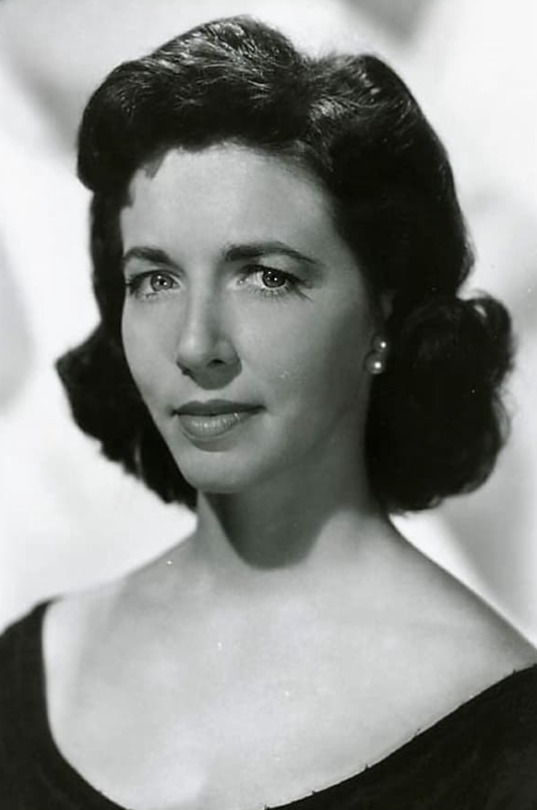





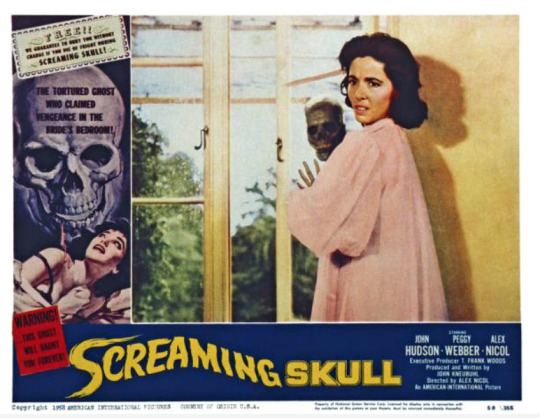




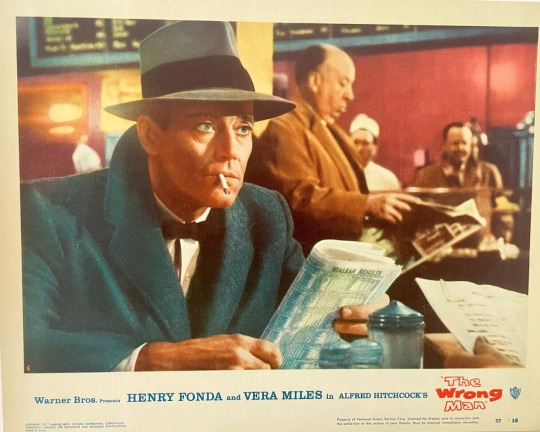

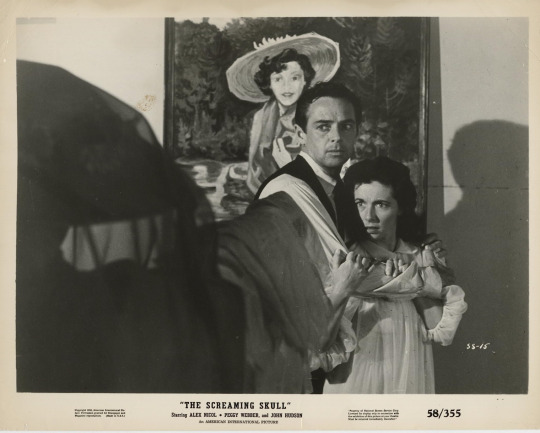
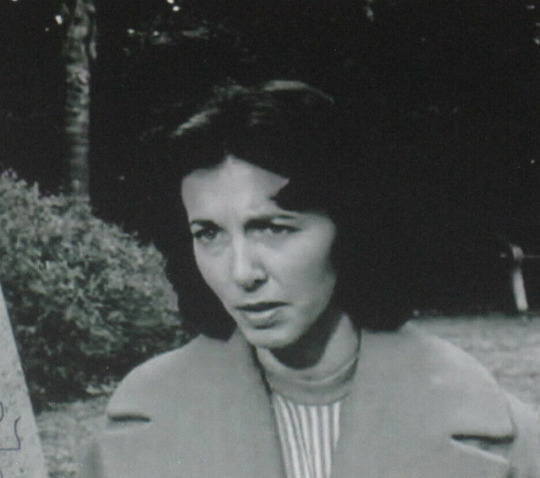

My next door neighbor appeared in nearly nine thousand old time radio shows in the late 1930s, the 1940s, and the 1950s.
According to a 1946 issue of Time Magazine, she had already appeared in almost three thousand different radio shows by 1946.
She was a regular on programs like The Whistler, Escape, Sam Spade, the Phil Harris - Alice Fay Show, the Alan Young Show, Phillip Marlowe, and Suspense. She starred with Peter Lorre in a radio series called Mystery in the Air. She was in most episodes of the Harold Lloyd Comedy Theater. And she was in the original radio pilot of Dragnet. She did well over one hundred shows just for Jack Webb alone.
In the movies she appeared with Orson Welles in Macbeth (1948), acted alongside Henry Fonda in Alfred Hitchcock's The Wrong Man (1956), and she starred in two campy monster movies: The Space Children (1958) and the Screaming Skull (1958).
She knew and worked with Lauren Bacall, Humphrey Bogart, Errol Flynn, Vincent Price, Charlie Chaplin, Lionel Barrymore, Lew Ayres, Basil Rathbone, Nigel Bruce, Kirk Douglas, Henry Fonda, Arch Oboler, Carlton E. Morse, Norman Corwin, Rod Serling, and Jim Backus to name a few.
She started in television before it even existed - way back in 1939 - acting regularly on the experimental station located above the Hollywood sign: Station W6XAO.
She is still alive and doing well. By random coincidence, I happen to live right beside her in Hollywood. We hang out all the time.
54 notes
·
View notes
Text

Alfred Hitchcock dressed as ‘Withers the maid’ for the photo-triller “The Great Hitchcock Murder Mystery” he wrote for The Salt Lake Tribune in which he played all roles himself. From 1957 the Salt Lake Tribune‘s weekend magazine, “This Week”.
20 notes
·
View notes
Text
The Girl (2012)

OK well, first the modicum of good in this piece of defamatory shit:
Right from the first lines of the film, Toby Jones' performance is amazing, his voice in particular sounding like the twin of Alfred Hitchcock, his mimicry here as uncannily precise as his take on Capote six years earlier. Sienna Miller also puts on a strong show, capturing many of Tippi Hedren's mannerisms startlingly well.
But that, unfortunately, is about it. There's a scene early on, depicting Hedren's screen-test for 'The Birds', which illustrates much of the trouble with this film. In it, Hitchcock's voice, off-camera, hisses like a deviant axe-murderer gasping into an oxygen mask while forcing the poor, pure, virginal Tippi to perform like a porn star for his pleasure.
The problem is, of course, Hedren's actual screen-test is freely available to watch on YouTube and, beyond the clothes and the sets, bears no resemblance whatsoever to the hysterical nightmare here depicted: the mood is light and relaxed, and you can hear the focus and attention in Hitch's voice, how engrossed he is in the camera, the lighting, the performances, in everything that goes into the framing of the painting we are watching move.
And there's the rub: this is a purely subjective story masquerading as objective truth. Practically none of it is verifiable, having waited until all the main characters but the complainant are dead, and the omissions - if not outright lies - on display here are really quite shameful. It makes no mention, for instance, that Hedren was NOT hot property after The Birds and Marnie - two films which she did very little in but look pretty, and for which she received mostly lukewarm reviews.
The only person the past 50 years saying Hedren's career was ruined by Hitchcock (after being given to her BY Hitchcock, let us not forget) is Hedren herself. No mention either that Hitchcock had developed 'Marnie' specifically for Grace Kelly, his favourite of all actresses, and took on Hedren, who he'd had so much trouble with over 'The Birds', only when Kelly, by then Princess Grace of Monaco, was forced to step down due to public opinion in her new Homeland over the sexual content of the upcoming film.
Instead, what we get is mean-spirited gossip, rubbing in perpetually how physically unattractive Alfred Hitchcock was, over and over again, as if we didn't know this already. As if that were enough reason to despise him and discount his genius.
Even if even half of what is so sordidly alleged here were true, a real film, a real work of art, would show the humanity of all involved, would show Hitchcock's alleged longing and desire for Hedren's (outward) beauty as something as beautiful and mysterious in itself as troubling. But instead what we get is an absurd, ideologically drive hatchet job that makes sense only through a feminist lens that sees male desire as predatory and evil without any explanation or understanding given to why they should be behaving that way. He, because he is an unattractive male, is simply evil. She, because she is female, is an innocent, sexless child being preyed upon by the nasty man. Will we never get past this constant infantilizing of women? Won't we ever, as a society, treat them like grown adults as responsible for their own actions as men?
There is nothing in the least bit original or inventive in this film - what few camera tricks it pulls are direct steals from the very artist it is deriding. Everything about it feels shoddy, rushed and - with the exception of the fine actors bewilderingly shanghaied into it - cheap.
In the final analysis, it should be obvious to all that 'The Girl', like Tippi Hedren's career itself, would not exist without the person it is attacking. Like a tick living on the back of a water buffalo, it has nothing to add of its own, only to take. Perhaps the only good thing is the certain knowledge that, in 50 years, no-one will even remember this cheap, trashy, gossip magazine of a straight-to-video movie was even made, while The 39 Steps, The Lady Vanishes, North By Northwest, Rear Window, Vertigo, Psycho and The Birds itself will still be treasured as the works of endlessly fascinating genius they are.
★✰✰✰✰✰✰✰✰✰
7 notes
·
View notes
Text
My Father, The Cat By Henry Slesar
My Father, The Cat
By Henry Slesar
Fantastic Universe Vol 8, No 6 December 1957

A guy has a cat for a dad and he's worried about what his girlfriend will think. Lacks the depth and the kid from Sigmund and the Sea Monster of similar fare.

Henry Slesar was a fixture of Alfred Hitchcock Presents and Alfred Hitchcock's Mystery Magazine. I chose poorly.
Free from Project Gutenberg
6 notes
·
View notes
Text

Judge magazine Iss 934-
Juxtaposed horizontal boarders imply a camera pan rather than cinematic cuts, lending to a more theatrical presentation- The cartooning equivalent of the perpetual panning camera used by Mike Nichols on “Who’s Afraid of Virginia Woolf”, Alfred Hitchcock on “Rope”, or Woody Allen on “Manhattan Murder Mystery”.
Bottom text & outlined frames lend to a subtitled aesthetic contrasting the use of bottom text & open panels which lend to a traditional storybook illustration aesthetic or speech bubbles & outlined frames which lend to a traditional comic book illustration aesthetic.
0 notes
Text

Vintage Paperback - Alfred Hitchcock's Happiness Is A Warm Corpse by Alfred Hitchcock
Dell (1969)
#Paperback Cover#Paperback Art#Alfred Hitchcock#Alfred Hitchcock's Happiness Is A Warm Corpse#Alfred Hitchcock Mystery Magazine#Mystery#Horror#Vintage#Art#Dell Books#Dell#Skeletons#1969#1960s#60s#Paperback#Paperbacks
24 notes
·
View notes
Text

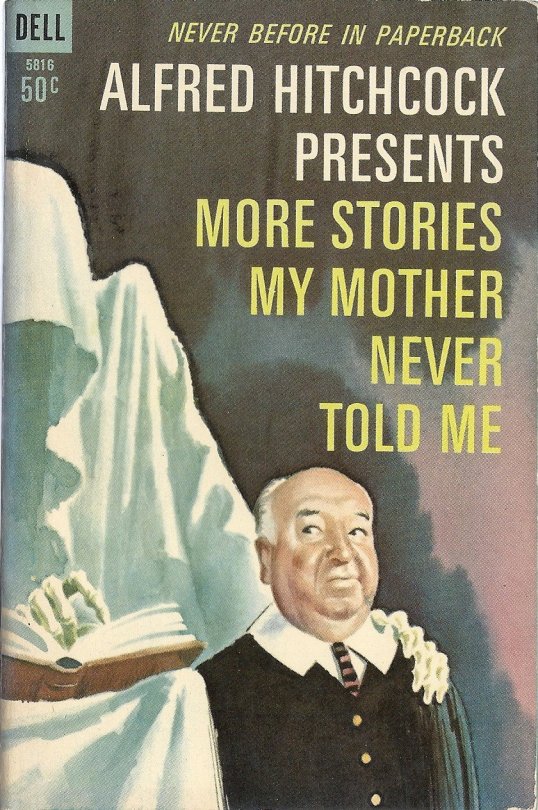
Alfred Hitchcock Presents: Stories My Mother Never Told Me
Dell (1965)
#Paperbacks#Paperback Cover#Paperback Art#Alfred Hitchcock#Alfred Hitchcock Presents#Horror#Stories My Mother Never Told Me#Film#.Mystery#Alfred Hitchcock Mystery Magazine#Death#Dell#Vintage#Art#Paperback#1965#1960s#60s
31 notes
·
View notes
Text
Payment: 2 cents CAD per word
Theme: Crime mystery of every imaginable subgenre, including cozy, police procedural, noir, whodunit, supernatural, hardboiled, humor, and historical mysteries.
Note: Not to be confused with Ellery Queen’s Mystery Magazine or Alfred Hitchcock’s Mystery Magazine
Use the form below (link at the bottom) to send us your 1000-7500 word story or You-Solve-It mystery. Multiple submissions are not allowed. Submissions must be original works of short fiction that have never appeared online or in print in any form. Avoid scenes of animal cruelty or excessive profanity/violence. We pay 2¢/word USD for accepted stories. Our average response time is 4-6 weeks.
At the cutting edge of crime fiction, Mystery Magazine presents original short stories by the world’s best-known and emerging mystery writers. The stories we feature in our monthly issues span every imaginable subgenre, including cozy, police procedural, noir, whodunit, supernatural, hardboiled, humor, and historical mysteries. Evocative writing and a compelling story are the only certainty.
If your story is accepted, a digital agreement must be signed and payment will be sent by PayPal to the email address you specify below. Your story may appear in our monthly print and digital magazine, on our website, in audio format, in our App, as social media excerpts, and possibly in printed collections of our monthly issues. We require first-publication and archival rights with an exclusivity period of 2 years.
We are a Mystery Writers of America approved publisher.
Via: Mystery Magazine.
1 note
·
View note
Text
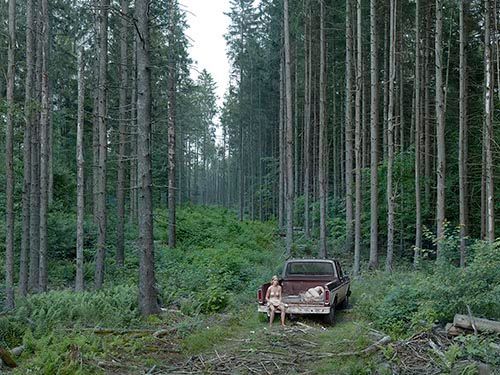

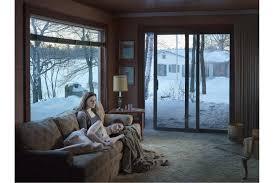
Valeria's Mini-Research Paper
Gregory Crewdson – Inspiring Works
Gregory Crewdson’s work immediately captivated me; I was drawn to focus on hisphotography as inspiration. After having no luck finding a photographer featuring works akin towhat I’d like to accomplish through the magazine publication Photograph I finally came upon
Crewdson’s second latest body of work: Cathedral of the Pines (2013-2014). Further diving intohis work illuminated Crewdson’s Beneath the Roses exhibition which stood out to me the most.
Both of these bodies of work parallel yet hold a similar quality to them; they explore an air ofmysticism, life, and isolation extrapolated through cinematic, painting, and narrative-stylized
qualities.
First of all, Crewdson’s body of work which I initially came upon was one of his latest named Cathedral of Pines (2013-2014). This body of work was begun and culminated throughout three productions in Becket, Massachusetts, while also implementing surrounding,
rural areas. Exploring these vast areas, Crewdson focused his body of work in adjacent forests as well as the trail of which the body of work coined its name. The instillation was presented at the contemporary Gagosian art gallery, at the New York location, from January 28th – March 12th, 2016. The series of photos featured thirty-one digital, pigmented prints measuring at 45x58 inches once framed. His main themes explored and extrapolated images that “probe tensions
between art and life, connection and separation, intimacy and isolation” while also implementing a visual allure (Gagosian 2016). This alluring grandeur is akin to, and inspired by some of my favorite filmmakers, works by Alfred Hitchcock, Douglas Sirk, and Terrance Malik. His bodies of work reminded me of the famous American painter Edward Hoover as his well-known Nighthawks painting is one of my favorites that I saw at The Art Institute of Chicago. Funnily
enough, his photographs are said to “evoke the paintings of Edward Hopper and the photographs of Walker Evans and Diane Arbus,” this further excited me as I am a big fan of Hopper’s work (Gagosian 2005). Crewdson is somewhat of a film director himself; he stages his actors within a perfectly formulated, art directed location, composing them as if it were a film allowing for complete mystery in “what these challenges are, and what fate awaits these anonymous figures,” inside of the given location curated by Crewdson is completely “left to the viewer's imagination” (Gagosian 2016).
Furthermore, his earlier body of work which I was also drawn to is called Beneath theRoses (2003-2005, 2006-2007). The photographs for this project circulated among two wholly different exhibition showings, one ensuing from May 21st – July 16th, 2005, at the Gagosian Beverly Hills location, which Crewdson later returned to with added works displayed from May 3rd – June 7th, 2008. His earlier exhibition for the series featured twenty large-scale photographs taken over the course of three years, 2003-2005, with a full production team “both on soundstages and on locations in various small towns” (Gagosian 2005). Meanwhile, Crewdson’s
later exhibition for the same series of photographs were taken over two years, 2006-2007, during four seasonal cycles in locations including “street corners, front yards, forest clearings, and so
on” in order to convey and “enhance the pessimism at the core of Crewdson’s perception of provincial American life” (Gagosian 2008). The themes Crewdson wished to convey in Beneath the Roses was of a “dystopic landscape of the anxious American imagination” while never being fully “anchored precisely in time or place” as the atmosphere and actors in the photographs draw “the viewer into quieter scenes where isolated or strangely displaced individuals are caught in moments of liminal anticipation” (Gagosian 2008).
In parallel, both bodies of work by Crewdson are totally mysterious and up for interpretation by the viewer. This is due to the fact that not only are most of his works untitled but there is no explanation provided for the scenarios the actors within the photographs are in, so one must assume, or create their own truths, on how the people in the frame got to be there inside of those wonderfully, crafted yet haunting and perplexing situations. Crewdson submerges
audiences into a world of its own while using actual reality to shape and bend a sense of illusoriness into all of his photographs. Both bodies of work are extremely similar in these senses, yet they do differ slightly. In Cathedral of the Pines (2013-2014), my personal favorite body of work, Crewdson retreated into the woods after suffering from a divorce and a loss of inspiration, which he regained after his escape into nature. This later work from him subtly
departs from his earlier works as he steps “away from the scenes of desolate American suburbia he’s known for [and shifting] his focus to rural communities that appear to be stuck in the 1970s,” which I very much enjoy, as I will be shooting mostly in woody settings for my final body of work (Photograph 2016). His earlier works, such as Beneath the Roses (2003-2005, 2006-2007), are just that, emphasizing the lonely American psyche within its society.
Comparing photographs from both bodies of work further highlights their contrasting qualities. In Cathedral of the Pines (2013-2014), two of my favorite photographs are The Pickup Truck (2014) and Woman at Sink (2014); these two photographs still hold Crewdson’s cinematic style as well as his “dark psychological undercurrent” yet they are distinct in their incorporation of nature and its mysterious vastness to Crewdson’s advantage (Photograph 2016). Specifically
seen in The Pickup Truck (2014) where two people lay nude on the back of an old pickup truck in the immeasurable forest of trees, the audience does not have a “clear narrative to follow, only rural scenes made strange at the hand of Crewdson’s production crew,” the idea that reality must be reflected through a photograph is distorted through Crewdson’s lens, “we can’t trust these images to capture the truth […] perhaps, Crewdson suggests, we can never know the real story” (Photograph 2016). Likewise, Woman at Sink (2014) features a seemingly tired and bothered middle aged woman, solemnly standing by a kitchen sink filled with blood. Next to her lay a wide window, through it the vast woods and a snowy house are visible. The scene is ominous and the viewer must decipher his own story once again.
Contrastingly, in Beneath the Roses (2003-2005, 2006-2007) my two favorite photographs are both Untitled, all of the photographs I can find are untitled for this body of work, the first is of a man in a business suit standing by his car in a city, outside in the pouring
rain holding one hand up to the sky (2004). My second favorite is of a woman standing completely still and naked in her lit-up bathroom, ominously staring down at the ground while in the foreground lay her dark bedroom with clothes and objects laying on the ground, the only light coming from her window shades (2004). Both of these images are stunning, still capturing Crewdson’s aesthetic, yet they make use of modernity and American lifestyle such as the man’s business attire, the clothes and heels laying on the woman’s bedroom floor, etc.
Overall, I am fascinated by Gregory Crewdson’s work. The elements that most fascinate me about his work are his use of colors and how he can create his mysterious, ominous mood throughout his series of photos in this way. His colors are beautiful, yet simultaneously
horrifying and elevating the puzzling nature of his photographs. His misé-en-scene is stupendous in each of his carefully articulated photographs, it is just so greatly akin to the nature on a film
set. I am a film major myself so his work speaks to me significantly. Crewdson’s work is one I would like to emulate for my final, as he too uses actors to fill his photographs in a cinematic manner. Of course, my own narration will be implemented, but his ominous, lonely mood and hyper-aesthetic will ceaselessly draw me in and inspire me.
0 notes
Text
The 2023 Shamus Award Finalists
From the Private Eye Writers of America
The finalists for the 2023 Shamus Awards, for works published in 2022, have been announced announced by PWA Awards Chairperson John Shepphird.
BEST PI HARDCOVER
The Wheel of Doll by Jonathan Ames (Happy Doll)
The Big Bundle by Max Allan Collins (Nate Heller)
The Goodbye Coast by Joe Ide (Philip Marlowe)
Holmes Coming by Kenneth Johnson (Sherlock Holmes)
The Blackmail by M. Ravenel (Tootsie Carter)
BEST PI PAPERBACK
Quarry’s Blood by Max Allan Collins (Quarry)
DoubleBlind by Libby Fischer Hellmann (Georgia Davis)
Canary in a Coal Mine by Charles Salzberg (Pete Fortunato)
Dead-Bang Fall by J.R. Sanders (Nate Ross)
Hush Hush by Gabriel Valjan (Shane Cleary)
BEST FIRST PI NOVEL
Big Fat F@!k-up by Lawrence Allan (Jimmy Cooper)
Pay Dirt Road by Samantha Jayne Allen (Annie McIntyre)
Foote by Tom Bredehoft (Big Jim Foote)
What Meets the Eye by Alex Kenna (Kate Myles)
The Goldenacre by Philip Miller (Thomas Tallis & Shona Sandison)
BEST PI SHORT STORY
“No Place for a Dame” by Lori Armstrong (Edgar & Shamus Go Golden; Vivian Marlow)
“Charlie’s Medicine” by Libby Cudmore (Lawyers, Guns, and Money: Crime Fiction Inspired by the Music of Warren Zevon; Martin Wade)
“A Jelly of Intrigue” by O’Neil De Noux (Edgar & Shamus Go Golden; Lucien Caye)
“The Pearl of Antilles” by Caroline Garcia-Aguilera (Edgar & Shamus Go Golden; Sophie Stevenson)
“Bad Actor” by Elliot Sweeney (November/December 2022, Alfred Hitchcock Mystery Magazine; Dylan Kaspar)
1 note
·
View note